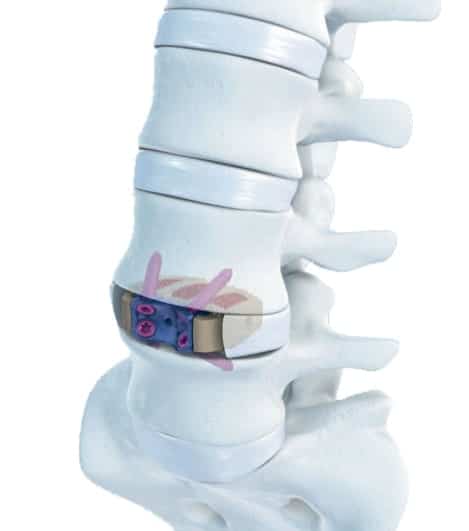As the spinal nerves are located deep inside the body, a spine surgeon has to create an incision to expose the spine in order to proceed with the surgery. With Minimally Invasive Spine Surgery (MISS), there’s no need to widely expose the target area. The level is identified by taking an x-ray followed by making a small incision using a high powered microscope. Special retractors are one of the primary tools utilized during Minimally Invasive Spine Surgery. The retractor is inserted through a small incision and kept in place as it holds the muscles apart during the operation.
Spinal surgery is then performed using a specialized high powered microscope. Minimal structural bone is removed during the operation which lessens the chances of developing future instability and need for additional operations.
Once the procedure is completed, the retractors are removed and the incision is closed.








